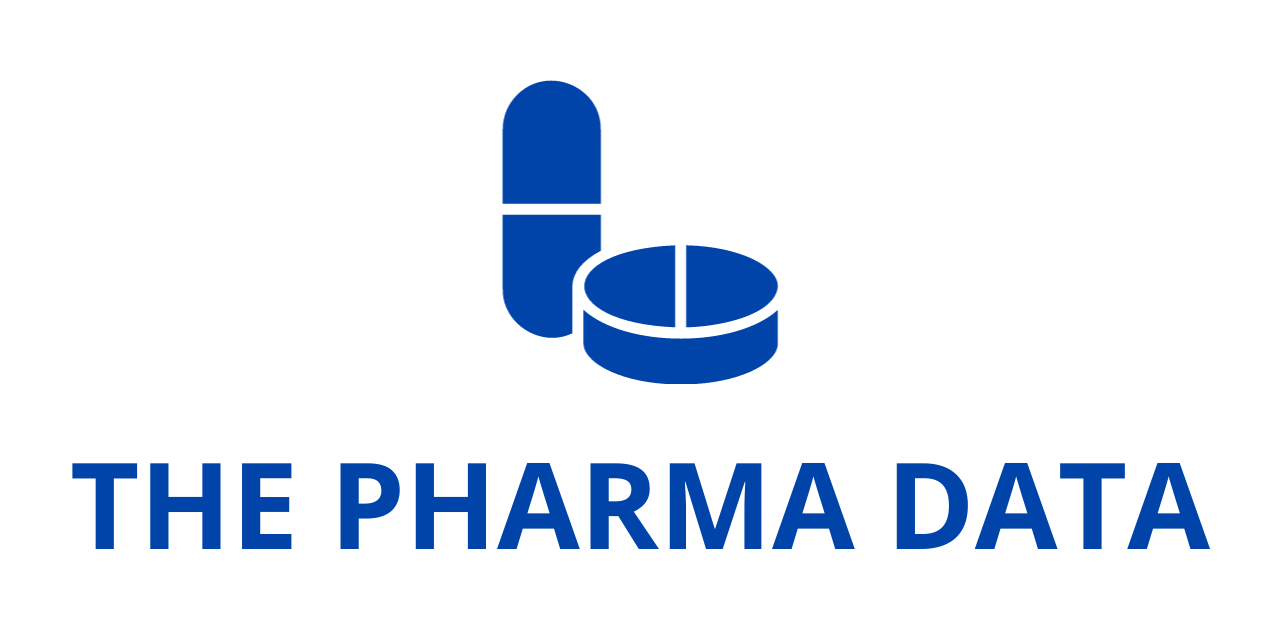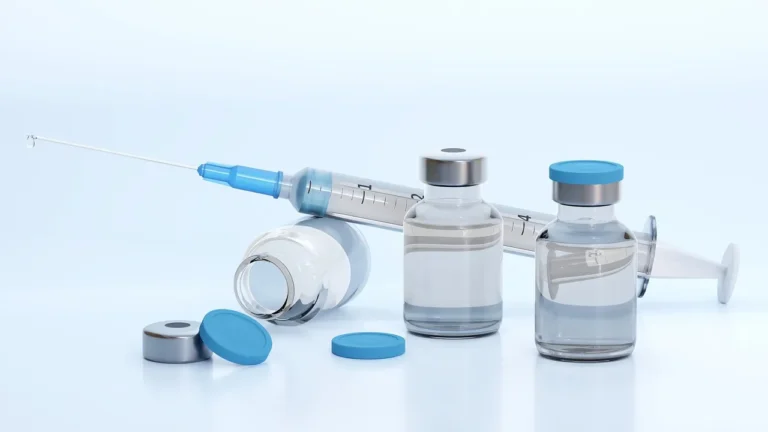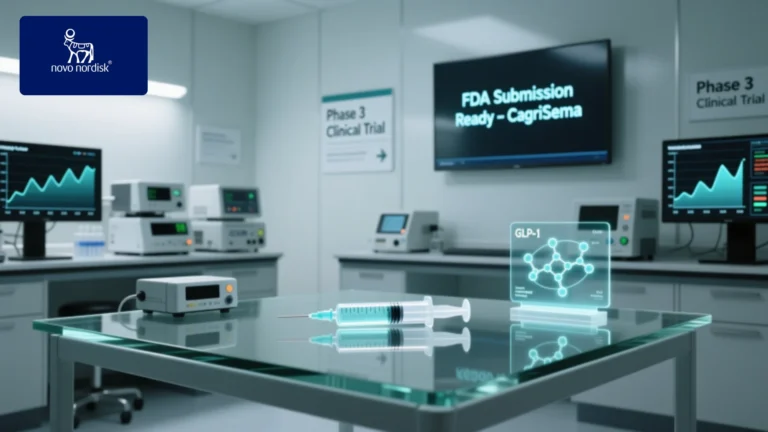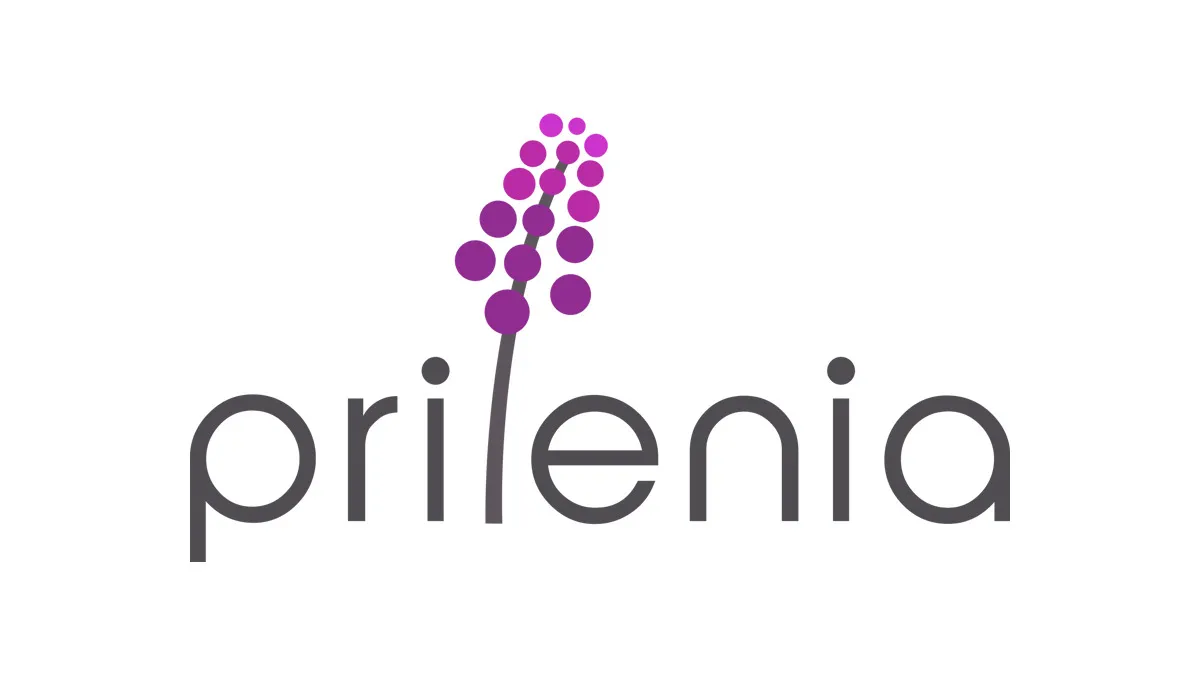
Prilenia and Ferrer Highlight Compelling New Evidence of Pridopidine’s Disease-Modifying Potential in Huntington’s Disease at the 2025 HSG Congress
Prilenia Therapeutics B.V. and Ferrer have jointly announced the presentation of five new scientific posters at the 2025 Huntington Study Group (HSG) HD Clinical Research Congress, held from October 10–13, 2025. These data collectively underscore the therapeutic promise of pridopidine, an investigational small molecule sigma-1 receptor (S1R) agonist, as a potential first-in-class, disease-modifying oral treatment for Huntington’s disease (HD).
The new results reveal consistent and sustained slowing of clinical progression across key measures of functional capacity, cognition, and motor performance in patients treated with pridopidine—particularly among those not taking antidopaminergic medications (ADMs). The findings further support pridopidine’s ability to impact the underlying biology of HD, rather than merely addressing symptoms.
Consistent and Meaningful Slowing of Disease Progression
According to Dr. Michal Geva, Prilenia’s Head of Research, the breadth and consistency of the new findings demonstrate pridopidine’s potential as a transformative treatment option for HD.
“The Prilenia data show pridopidine’s ability to deliver consistent and sustained slowing of disease progression and significantly less decline across multiple endpoints of function, cognition, and motor features, measured by scales including cUHDRS, TFC, SWR, and Q-Motor, and compared to both placebo and two natural history cohorts in HD patients not taking antidopaminergic medicines,” Geva stated.
These findings build on previously published Phase 3 results in Nature Medicine, which showed that pridopidine significantly reduced decline from baseline in the composite Unified Huntington’s Disease Rating Scale (cUHDRS) by 0.41 points at week 52 compared to placebo (p = 0.035). This difference extended beyond one year, remaining clinically meaningful at week 65 with a 0.27-point advantage, indicating sustained benefit over time.
Such results suggest that pridopidine exerts a stabilizing effect on disease progression—one that may extend into longer-term clinical outcomes, offering hope for slowing the functional and cognitive deterioration associated with HD.
Addressing Urgent Needs in the Huntington’s Disease Community
Oscar Pérez, Chief Scientific Officer at Ferrer, emphasized that the HD community urgently needs therapies that provide real, measurable benefits across the dimensions that most affect patients’ lives.
“It is clear that the HD community needs access to new therapies that improve multiple independent clinical endpoints that matter most to people with HD and their families—including function, disease progression, cognition, and motor function,” Pérez noted. “We have a carefully designed roadmap aimed at paving the way to availability of pridopidine as an oral and easy-to-administer, disease-modifying therapy capable of significantly slowing down clinical progression of HD.”
HD, a rare inherited neurodegenerative disorder caused by a CAG trinucleotide repeat expansion in the HTT gene, leads to progressive motor dysfunction, psychiatric symptoms, and cognitive decline. Current treatments only address symptoms and do not Prilenia slow disease progression. If pridopidine’s results are confirmed in upcoming trials, it could become the first therapy to alter the course of HD by targeting cellular stress pathways through S1R activation, promoting neuroprotection and neuronal survival.
Plans for a Global Confirmatory Study in Early-Stage HD
Building on the promising Phase 3 data and the new analyses presented at HSG 2025, Prilenia and Ferrer announced plans to initiate a global confirmatory clinical trial in the first half of 2026. The upcoming study will focus on early-stage HD patients not taking ADMs, a population that demonstrated the strongest therapeutic response in previous trials.
In addition, the Prilenia companies plan to include a small proof-of-concept arm to assess the effects of pridopidine in patients taking low-dose ADMs (according to label guidance). This will allow researchers to better understand the potential for combination use and to refine clinical recommendations for broader patient populations.
Pridopidine: A Promising Sigma-1 Receptor Agonist
Pridopidine is an investigational, orally administered small molecule that selectively activates the sigma-1 receptor (S1R)—a chaperone Prilenia protein located in the endoplasmic reticulum and mitochondria-associated membranes. This receptor is involved in maintaining cellular homeostasis, protecting neurons from stress, and modulating neuroplasticity and energy metabolism.
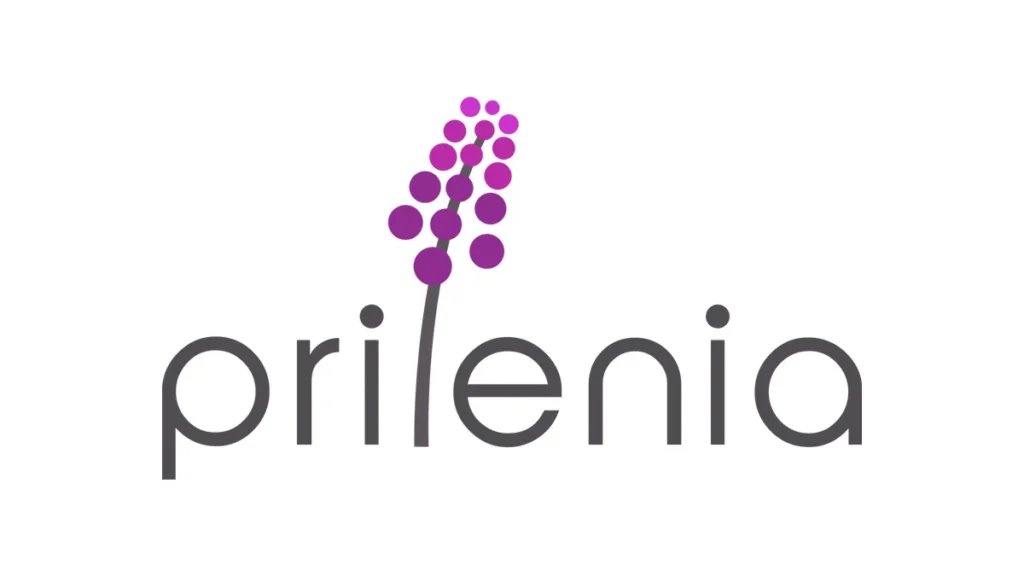
Pridopidine is designed to cross the blood-brain barrier (BBB) and engage S1R with high affinity throughout the brain, making it uniquely suited for diseases like HD that affect multiple neural circuits. Importantly, pridopidine has Prilenia demonstrated a favorable safety and tolerability profile, backed by clinical data from more than 1,600 participants and long-term exposure extending up to seven years.
This combination of mechanistic rationale, safety, and sustained efficacy positions pridopidine as one of the most promising therapeutic candidates currently in development for HD.
Key Highlights from the Five Posters Presented at HSG 2025
At the 2025 Huntington Study Group Prilenia Congress, Prilenia and Ferrer showcased five posters providing deeper insights into pridopidine’s clinical performance, the influence of concomitant medications, and the statistical modeling approaches that enhance the interpretation of trial data.
1. Open-Label Period of the PROOF-HD Trial Shows Persistent Benefits of Pridopidine
Long-term, open-label data from the PROOF-HD trial demonstrated that pridopidine continues to slow disease progression even after extended treatment durations. Compared to propensity-matched natural history cohorts from ENROLL-HD and TRACK-HD, pridopidine-treated patients off ADMs exhibited the following slowing of progression over two years:
- 65% in Total Functional Capacity (TFC)
- 59% in composite Unified Huntington’s Disease Rating Scale (cUHDRS)
- 88% in cognition (Symbol Writing Rate, SWR)
- 78% in motor function (Q-Motor assessments)
All comparisons were statistically significant (p < 0.0001), reinforcing pridopidine’s broad and sustained benefit across major clinical domains.
2. Antidopaminergic Medications (ADMs) Are Associated with Faster Disease Decline
Another poster analyzed the placebo arm of the PROOF-HD study, revealing that patients taking ADMs experienced faster decline in clinical measures of disease progression. These findings highlight the need for careful consideration of ADM use Prilenia during HD trials, emphasizing the importance of balanced randomization and appropriate statistical adjustments to ensure accurate interpretation of treatment effects.
3. Low-Dose ADMs Do Not Mask Pridopidine’s Beneficial Effects
In contrast, data from participants receiving low-dose ADMs demonstrated that such regimens do not interfere with pridopidine’s efficacy. Patients treated with pridopidine in combination with low-dose ADMs maintained similar treatment benefits as those not on ADMs, Prilenia particularly in cUHDRS outcomes at one year. However, higher doses of ADMs were linked to faster clinical decline, reinforcing the importance of dose optimization and individualized care strategies.
4. Baseline Biomarkers Predict Long-Term Progression
A fourth analysis identified that baseline levels of CAG-Age-Product 100 (CAP100) and Q-Motor Finger Tapping Inter-Onset-Interval (FT-IOI) were predictive of long-term disease progression and functional decline in HD. These biomarkers can serve as valuable covariates for future clinical trials, improving model accuracy and helping refine patient stratification.
5. Covariate Adjustments Enhance Clarity of Pridopidine’s Benefits
The fifth poster explored the effects of covariate adjustments for CAP100 and Q-Motor measures in the PROOF-HD dataset. By statistically controlling for small baseline imbalances at randomization, researchers observed enhanced consistency and magnitude of pridopidine’s treatment effects across functional, cognitive, and motor endpoints. This underscores the robustness of pridopidine’s efficacy when analyzed with optimized statistical methodologies.
Implications for the Future of Huntington’s Disease Treatment
Collectively, these new analyses further validate pridopidine’s multi-domain impact—spanning motor control, functional independence, and cognitive health—while emphasizing its disease-modifying potential rather than symptomatic relief.
The consistency of benefit across both blinded and open-label phases, combined with strong statistical significance and biological plausibility through S1R activation, reinforces the hypothesis that pridopidine addresses core pathogenic mechanisms in HD, including mitochondrial dysfunction, impaired axonal transport, and synaptic degradation.
If confirmed in the forthcoming global trial, pridopidine could represent a transformational advance—the first therapy to meaningfully slow progression in a neurodegenerative disorder long considered incurable.
A Unified Commitment to the HD Community
Both Prilenia and Ferrer reaffirmed their shared mission to bring this innovative treatment to patients worldwide as quickly as possible. Their collaboration reflects a synergistic partnership that combines Prilenia’s cutting-edge research expertise with Ferrer’s strong clinical development and commercial capabilities.
“Our joint focus is on making pridopidine available to those who need it most,” Pérez concluded. “By working hand-in-hand with the Huntington’s community, we hope to redefine what’s possible for patients and families affected by this devastating disease.”
As the field of neurodegenerative research continues to evolve, pridopidine stands out as a beacon of scientific progress and patient hope, offering a glimpse of a future where slowing the course of Huntington’s disease may finally become a clinical reality.
